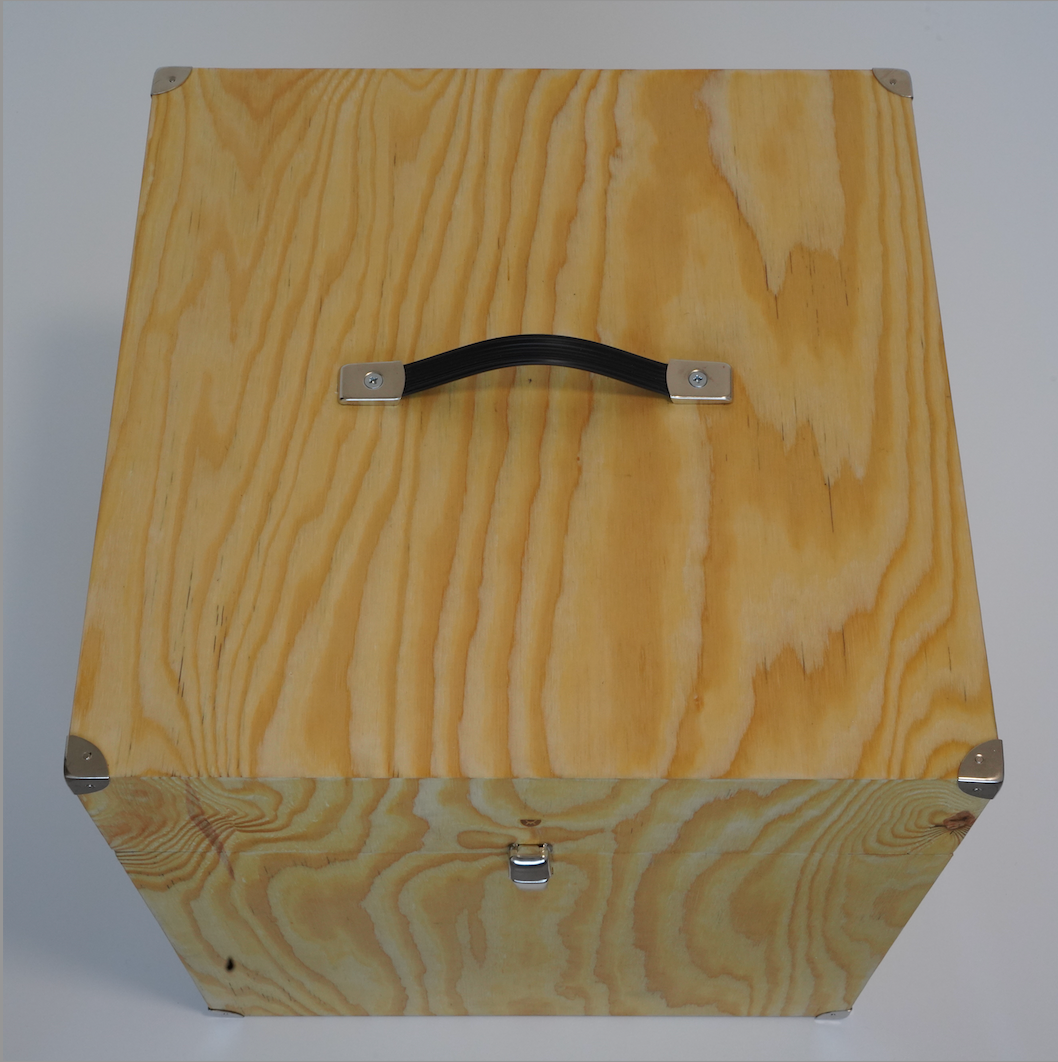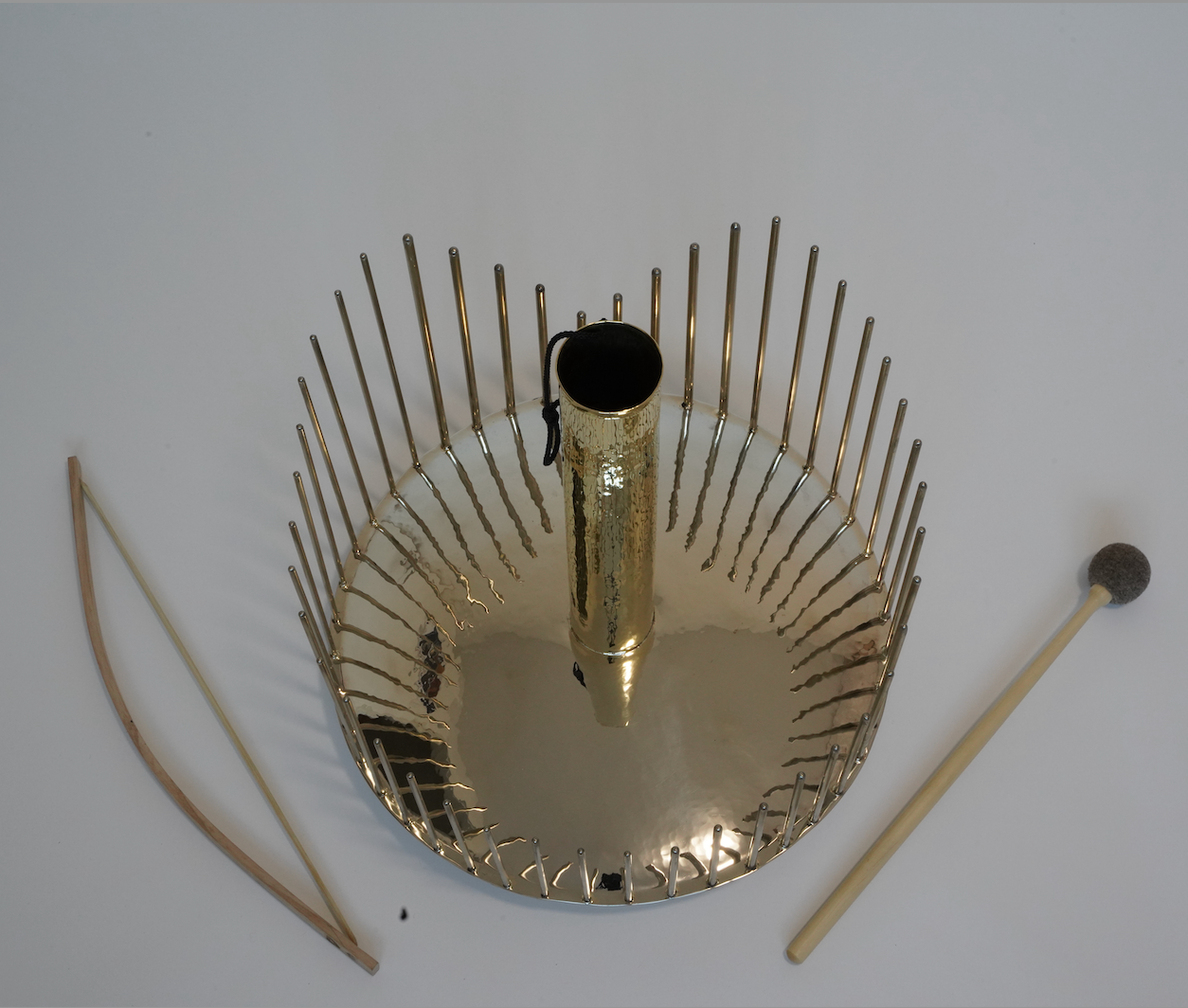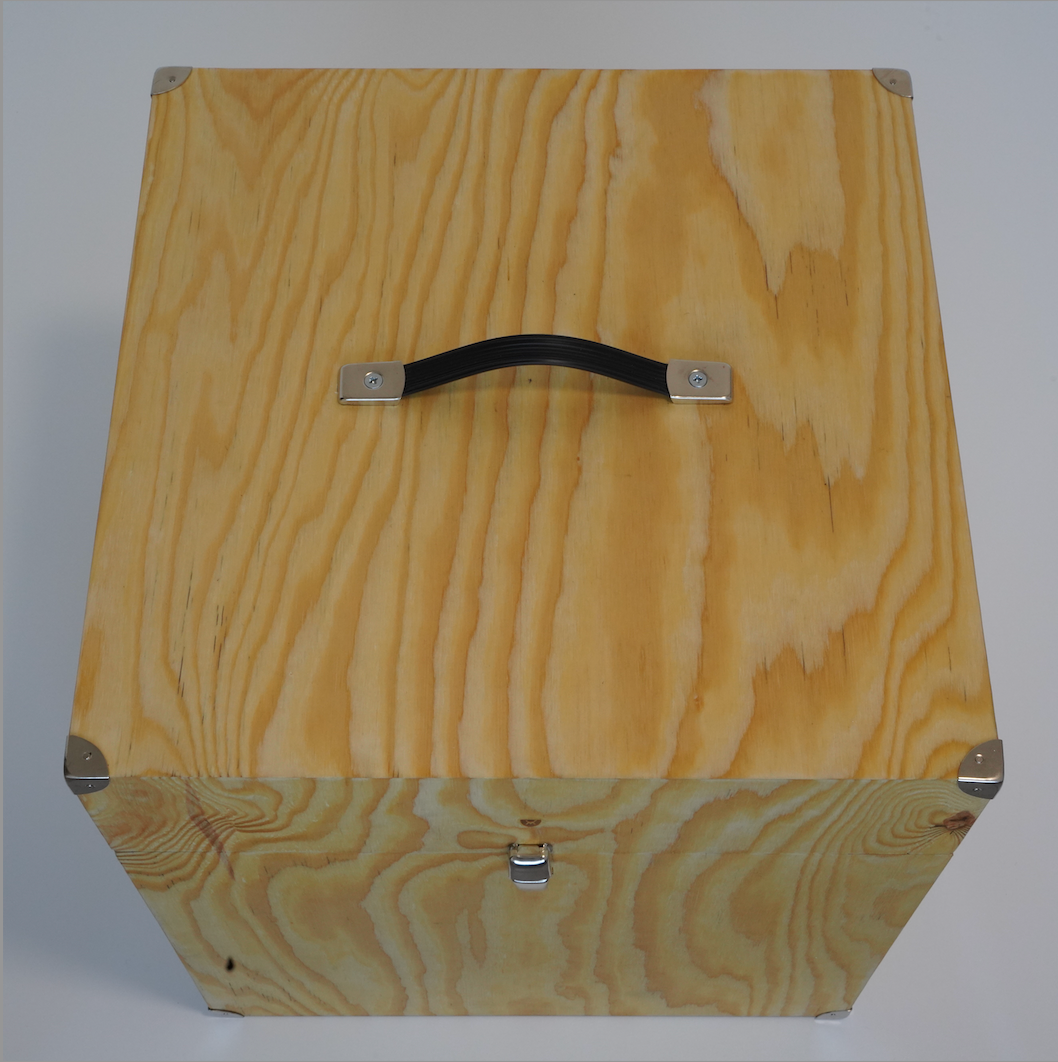


The waterphone is an extraordinary sound and musical instrument that is used in therapy, in new meditative overtone music and also in modern classical compositions.
It consists of a flat, round metal sound body that is filled with a little water. A pipe rises in the middle, which also serves as a sound hole, handle and filling opening for the water. Many different thin and long sounding sticks are soldered to the outside of the edge, which can be made to sound with a bow, a mallet or with your fingers. By pivoting the instrument, the water flows back and forth in the sound body. Depending on how much the ground is covered with water, the resonance changes. This creates sounds that are reminiscent of whale songs.
It consists of a flat, round metal sound body that is filled with a little water. A pipe rises in the middle, which also serves as a sound hole, handle and filling opening for the water. Many different thin and long sounding sticks are soldered to the outside of the edge, which can be made to sound with a bow, a mallet or with your fingers. By pivoting the instrument, the water flows back and forth in the sound body. Depending on how much the ground is covered with water, the resonance changes. This creates sounds that are reminiscent of whale songs.
The inventor Richard Waters builds his waterphone from industrially manufactured stainless steel sheets. This gives it a special sound that is also characteristic of steel drums and hangs, for example.
Martin Bläse uses hammered alpaca (=nickel silver) or bronze sheets for his waterphones, which are also used to make gongs and singing bowls. This is much more complex, but it gives the instruments a soft, long-lasting sound.
All waterphones include Box, Mallet, Rosin, and Bow
Measurements
35cm
45 Tone Rods
25 Pounds
What is Chasing?
Chasing is a metalworking technique used to shape or improve the details of a surface pattern and create the desired level of relief. This process is completed from the front by using various tools to raise, depress, or move the metal without taking away any material from the surface (but note that "chasing" sometimes refers to the removal of excess metal from castings).
Chasing involves hammering with small, blunt tools to produce a low-relief design, in contrast to embossing or repoussé, which are worked from the back to produce a higher relief. Flat chasing, a particular form of chasing, was widely used to decorate silver in Europe during the early 18th century and the US during the latter part of the century.


